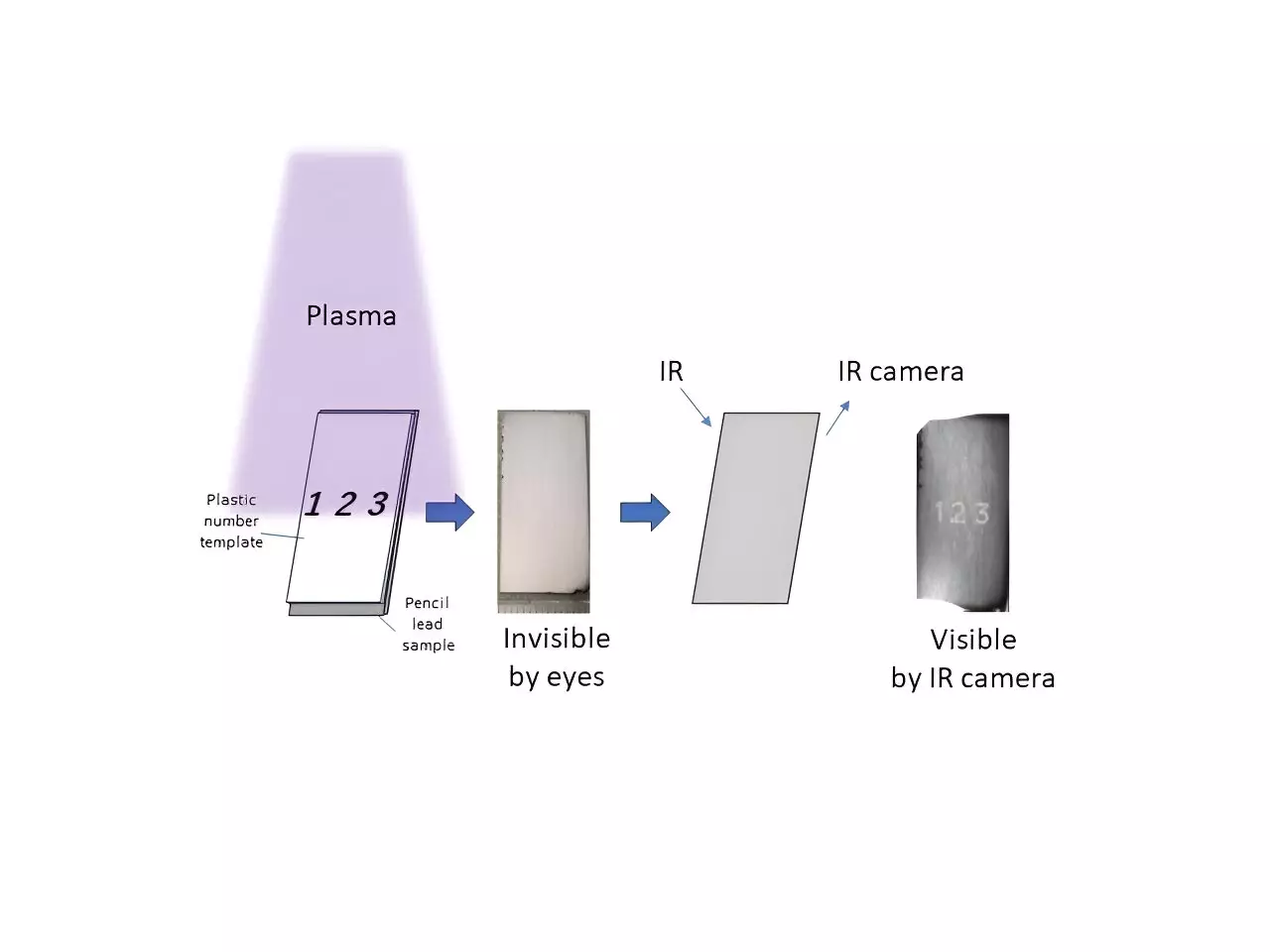Optical materials are indispensable components in a myriad of technological advancements, influencing everything from telecommunications to medical diagnoses. Yet, the complexity and cost associated with developing these materials often pose significant barriers to innovation. The quest to manipulate light—a critical feature in enhancing the functionality of optical materials—has led researchers to explore unconventional avenues. Among these, a recent study from Japan presents a groundbreaking approach utilizing pencil lead combined with plasma technology, suggesting a potential paradigm shift in the production of optical materials.
Researchers at Shinshu University, spearheaded by Professor Hiroshi Moriwaki and Associate Professor Shouhei Koyama, have delved into an often-overlooked material: pencil lead. Traditionally viewed merely as a writing medium, pencil lead consists mainly of graphite and clay, elements that could be repurposed for advanced optical applications. The pivotal innovation lies in the ability to harness plasma—a state of matter composed of ionized gases—to manipulate the structural colors of pencil lead. Their recent publication in the journal *Optical Materials* elucidates this novel technique, which allows for a controlled interplay of light reflection through plasma-induced changes in the lead’s surface.
The core of the discovery hinges on plasma etching—a method that removes the graphite from the surface of pencil lead, revealing the underlying clay. This process creates a thin layer conducive to light interference. As outlined by Professor Moriwaki, the interaction between light and this newly-exposed layer leads to the formation of distinct structural colors. These colors emerge from a phenomenon known as thin-layer interference, where variations in thickness modulate light waves to produce a spectrum of hues.
The researchers conducted meticulous experiments by exposing pencil lead samples to plasma for varying durations—from a brisk ten seconds to an extensive three minutes. The results were remarkable; longer exposure led to significant enhancements in the optical properties of the samples. This process also enabled the tuning of reflectance spectra into ranges that extend beyond visible light, effectively unveiling applications in the near-infrared and mid-infrared regions. Such advancements highlight the potential of transforming commonplace materials into sophisticated optical solutions.
The innovative capabilities of this technique are not limited to mere color enhancement. The research team demonstrated the potential to print invisible characters on pencil lead—symbols that are only discernible through infrared cameras. This application hints at revolutionary possibilities in security printing and data encryption, where information can be concealed in plain sight but revealed with the correct tools.
Moreover, the ecological implications of this research are significant. The methodology relies exclusively on readily available materials, promoting sustainability in a field often plagued by reliance on rare elements. As the demand for eco-friendly solutions escalates globally, the strategy proposed by Moriwaki and Koyama stands out. By repurposing pencil lead—an affordable commodity—this research not only paves the way for cost-effective optical materials but also highlights an environmentally conscious approach to manufacturing.
Looking ahead, the implications of this research are profound. By simplifying the production process and reducing reliance on expensive and scarce materials, the methods developed by the research team could potentially lower costs, broadening access to advanced optical materials. The prospect of integrating this technology into commercial printing systems is particularly exciting, as it could give rise to new printing technologies that are not only more efficient but also more sustainable.
The study advocates for a shift in perspective regarding what constitutes an optical material. Traditional views have typically limited innovation to high-end, specialty materials; however, by demonstrating the effective use of common substances like pencil lead, this research encourages a reevaluation of the potential embedded in everyday items.
The intersection of conventional materials and cutting-edge technology embodies the essence of innovation. The work of Professor Moriwaki and his team exemplifies how resourcefulness and scientific inquiry can yield groundbreaking findings even in the most unassuming of substances. Their exploration into pencil lead as an optical material not only addresses pressing challenges in cost and sustainability but also presents a forward-thinking solution that could redefine how we approach the development of optical technologies. As the research evolves, it promises to inspire further inquiries and applications, establishing a new era for optical material science.


Leave a Reply